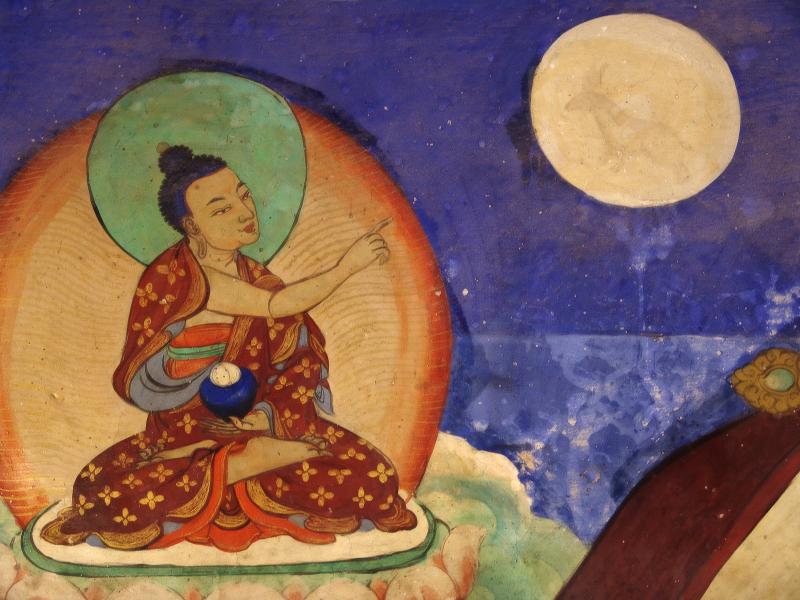As someone working with young minds on a wide range of issues relating to culture, politics and education, I have realised that one of the biggest challenges that lies ahead of us is regarding the absence of good/engaged and passionate teachers who not only present themselves as ‘subject-experts’ but as true companions in the journey of life. Perhaps this is the reason why many of us feel dissociated with the process of eduction and engage in it only for utilitarian purposes like the achievement of a degree or the security of a job opportunity.
This mechanisation of the process of education has a lot to do with the way our classroom interactions unfold, the way in which important domains of study whether its humanities, languages, sciences or even the arts are dealt with. Compulsive rote learning, mechanical patterns of teaching, oppressive examinations and classrooms devoid of debates, discussions and explorations leave the learner’s mind exhausted and fatigued and thereby a loss of all wonder and subsequent interest in the very process of learning are only natural.
It is in dealing with such a deep rooted crisis that good books and learning materials have a great role to play as they not only help the learner step out from the mundanity of mechanical and monotonous learning cultures but also develop a unique sense of engagement with disciplines and thereby find out what truly is of interest to them.
It wouldn’t be an exaggeration to say that we do have extraordinary teachers, educators and pedagogues who continue to see the classroom as a sacred space and enliven it for their students despite the challenges that a hostile external ambience may erect before them. Often it is communicative, lucid and engaging books that become very useful for learners and teachers who wish to reclaim the sanctity of the educational discourse.
Reclaiming the sanctity of our classrooms through communicative texts
It is at this juncture that I would like to take the opportunity to introduce educator-historian-author Roshen Dalal’s latest book “A Complete History of India”. While a lot can be said to describe the main theme and agenda of the book, it would be perfectly apt to say that the author has tried to weave together the complex and divergent threads of Indian history retaining both, complexity of narrative as well as beauty of presentation. The book tries to present a glimpse of India’s social, political and economic history for the young reader in a way that he/she is presented with the majestic yet multi-layered landscape of Indian history while ensuring that it is not overwhelming or bombarded with information in a way such that the reader loses their very interest in history as a subject. What I have always appreciated about books like those written by the author is their ability to present complex themes and ideas, erect important questions and debates while still being deeply communicative and reader-friendly. In a world where academic literature is threatened by the possibility of becoming heavily jargonized and inaccessible for the general reader, Dalal’s book has the quality of being accessible and enjoyable while doing justice to the complexity of a canvas as multi-layered and diverse as Indian history.
In this book Dalal has tried her best to cover all the important and significant milestones of India history right from the emergence of the first people, the rise and decline of the Harappan civilisation, the expansion of Jainism and Buddhism, the medieval kingdoms of India, the coming of the European traders and explorers, the British empire, the Revolt of 1857, the struggle to Indian independence in 1947 and also the story of Indian democracy till the present times.
The book also highlights and touches upon other significant aspects like M.K. Gandhi and his tremendous contributions towards making India independent, the impact of the two World Wars on India and the world, the internal and external challenges to the sustenance and survival of Indian democracy and all the governments from Jawaharlal Nehru to Narendra Modi.
What is note worthy about this book is the fact that instead of monotonously retelling the events of the past, it uses the style of engaging anecdote-telling which when accompanied by lively illustrations has pulled out the best out of the text and made it a throughly enjoyable text for the young reader.
I am sure that both young learners and history buffs of all ages will enjoy going through the book.
Book Title: A Complete History of India
Author: Roshen Dalal
Publisher: Puffin Books
Type: Paperback
Pages: 520














